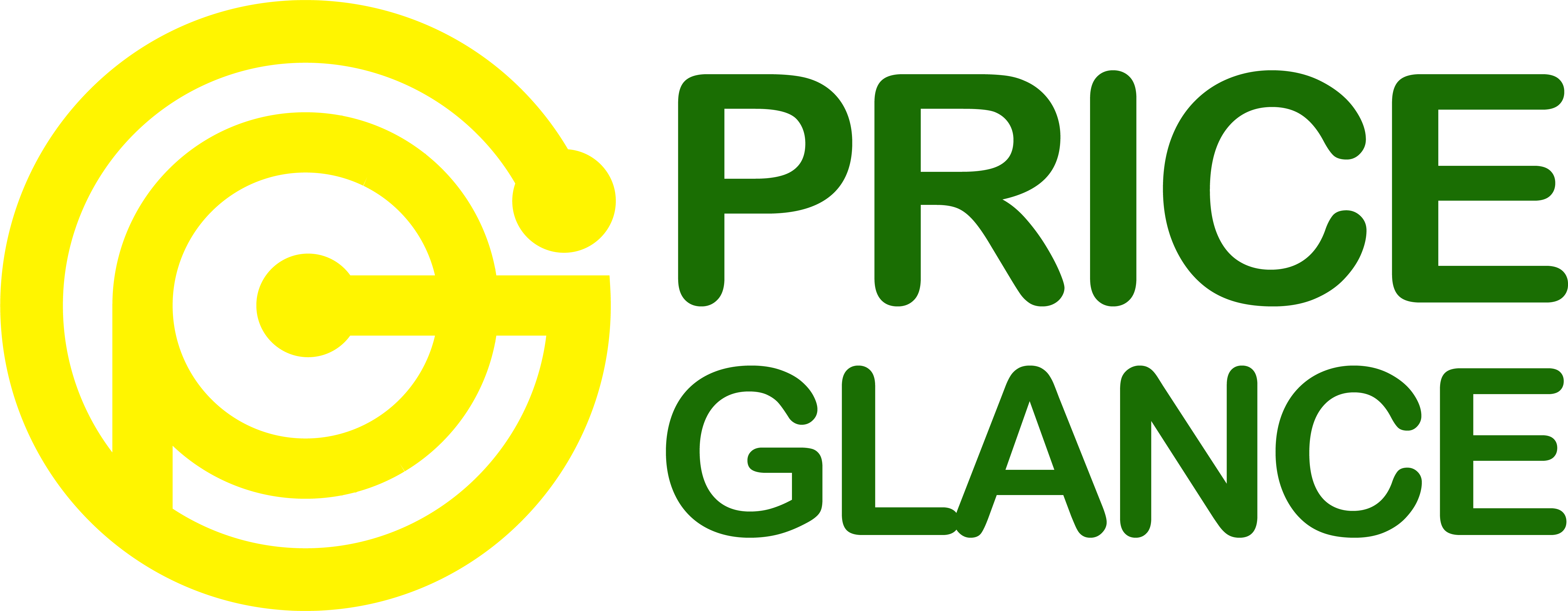
Introduction:
In today’s business world, determining prices is not merely about numbers; it’s a strategy, an art. Amid constant changes and fierce competition, the dynamic pricing model has become an indispensable factor, and flexible pricing formulas are the key to gaining an edge in today’s market.
The Importance of Pricing Strategies in Business

While some enterprises still adhere to fixed pricing models, the adoption of dynamic pricing formulas has emerged as an undeniable trend. Pricing strategy is not solely about assigning a figure to a product; it reflects a profound understanding of the market, customer demands, and rapidly evolving factors.
What is Dynamic Pricing and How Does it Work?
Dynamic pricing, an adaptive pricing strategy, revolves around adjusting prices in real-time based on market demand, consumer behavior, and various external factors. It’s a technique that enables businesses to set flexible prices, optimizing revenue and staying competitive.
Check how the Dealavo Dynamic Pricing works:
Dealavo’s Dynamic Pricing is a system that constantly monitors market changes, competitor pricing, and consumer behavior to adjust prices accordingly. This system utilizes advanced algorithms to provide businesses with real-time data insights, empowering them to make informed pricing decisions.
Benefits of Implementing Dynamic Pricing in Your Business

Implementing dynamic pricing brings several advantages. It allows businesses to maximize profits by capturing the most value from each customer transaction. It also helps in inventory management, reduces excess stock, and boosts sales by catering to price-sensitive customers.
Factors to Consider Before Implementing Dynamic Pricing
Before diving into dynamic pricing, businesses must understand the competitive landscape thoroughly. Analyzing market trends, competitor strategies, and customer behavior is crucial. Additionally, considering legal and ethical implications is essential to maintain customer trust and loyalty.
Best Practices for Effective Dynamic Pricing Strategies
Successful dynamic pricing strategies involve continuous monitoring and analysis. Businesses must set clear pricing objectives, segment their customer base, and choose the right pricing models based on their industry and product type. Regularly updating and testing pricing strategies is key to success.
Case Studies: Successful Examples of Dynamic Pricing
Several businesses have reaped rewards through dynamic pricing. Companies like Amazon and Uber constantly adjust prices based on demand, time, and customer behavior, leading to increased revenue and customer satisfaction.
Dynamic Pricing vs. Static Pricing: Which is Right for Your Business?
Choosing between dynamic and static pricing depends on various factors such as industry, product lifecycle, and customer base. While dynamic pricing offers flexibility and maximizes revenue, static pricing provides stability and simplicity. Evaluating these factors is crucial in making the right decision.
Conclusion
Mastering dynamic pricing is an art that requires a deep understanding of market dynamics and consumer behavior. By leveraging advanced technology, analyzing data insights, and implementing effective strategies, businesses can optimize pricing, stay competitive, and maximize revenue in today’s dynamic market landscape.
